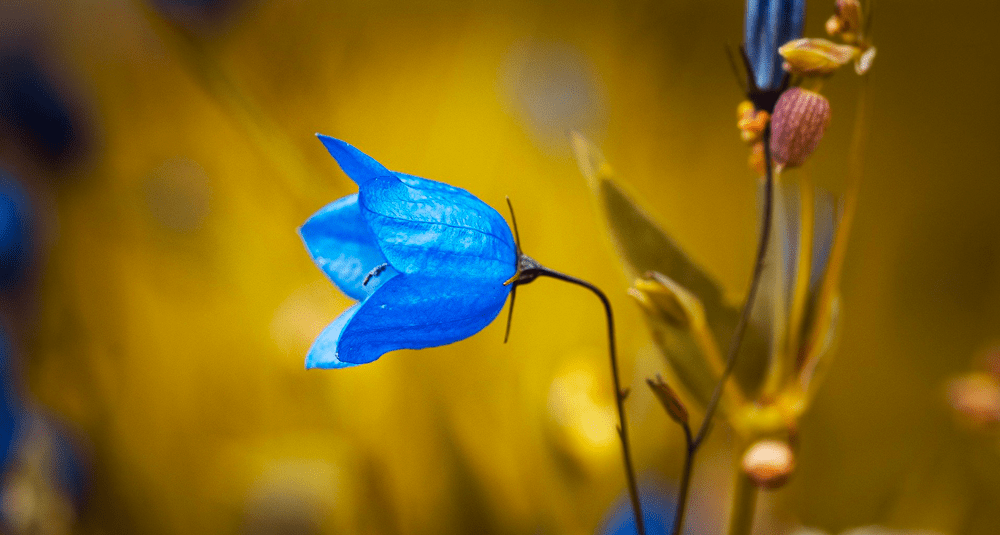How do bellflowers reproduce?
Last Updated:
Bellflowers produce bell-shaped flowers, which are pollinated mainly by insects such as bees and butterflies. Cross-pollination occurs when pollen from one flower is transferred to another, promoting genetic diversity.
After pollination, bellflowers produce seeds inside fruit capsules. Once ripe, these capsules open to release the seeds, which can be dispersed by wind, water or animals.
Bellflower seeds germinate when environmental conditions are favorable, usually in spring. Germination gives rise to new seedlings, which grow into mature plants.
Some bellflower species propagate by stolons, which are creeping stems that grow on the soil surface. These stolons can develop roots and new shoots at regular intervals, forming new plants cloned from the mother plant.
Other species use rhizomes, which are horizontal underground stems. Rhizomes produce buds that can emerge from the soil surface to form new shoots. This mode of reproduction enables bellflowers to rapidly colonize new areas.
Another method of vegetative reproduction is clump division. This technique is often used by gardeners to propagate bluebells. Mature clumps are dug up, divided into several sections, each containing roots and shoots, and replanted to form new plants.
Vegetative reproduction enables bellflowers to spread quickly and efficiently, which is particularly advantageous in competitive environments.
New plants resulting from vegetative reproduction are clones of the mother plant, ensuring genetic uniformity. This can be beneficial for maintaining specific plant characteristics, such as flower color or disease resistance.
Vegetative reproduction enables bellflowers to survive and adapt to varied environmental conditions, forming dense colonies that can better resist disturbance.
Campanulas reproduce both by seed, through pollination and germination, and vegetatively, via stolons, rhizomes and clump division. These modes of reproduction enable bellflowers to propagate efficiently and adapt to a variety of environments.
You may also be interested in
nature

How do bellflowers reproduce?
Answer
Bellflowers are perennial or biennial herbaceous plants of the family Campanulaceae. Their flowers, blue, purple or white, are hermaphroditic.